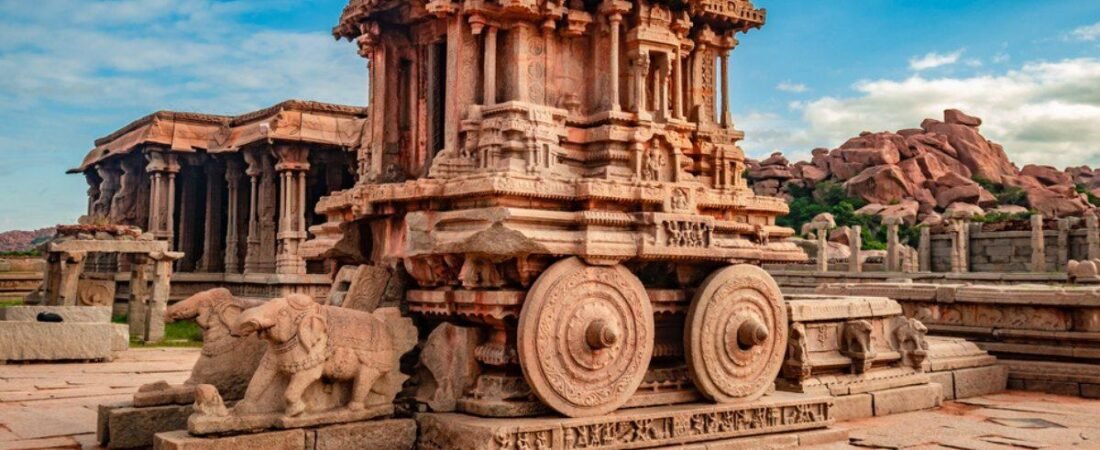India, a land of vibrant culture and heritage, boasts one of the richest architectural histories in the world. From intricately carved temples to majestic forts and palaces, Indian ancient architecture is a testament to the brilliance of the artisans who shaped the cultural and spiritual ethos of the subcontinent. Let us delve into the mesmerizing world of Indian ancient architectural styles, exploring their significance, techniques, and enduring legacy.
The Diversity of Indian Architecture
Indian ancient architecture is a kaleidoscope of styles influenced by geography, religion, and dynasties. Some of the most notable architectural styles include:
1. Dravidian Architecture: Flourished in South India, evident in towering gopurams (temple gateways) and intricate carvings, as seen in Tamil Nadu’s Brihadeeswarar Temple.
2. Nagara Architecture: Dominant in North India, characterized by curvilinear towers (shikharas) and sanctum-centered designs like the temples of Khajuraho.
3. Indo-Islamic Architecture: A blend of Persian, Turkish, and Indian elements, seen in the Taj Mahal and Qutub Minar.
4. Buddhist Architecture: Known for stupas like Sanchi and the cave monasteries of Ajanta and Ellora.
5. Hoysala Architecture: Famous for intricate soapstone carvings, as seen in Karnataka’s Belur and Halebidu temples.
Key Features of Indian Ancient Architecture
Symbolism: Indian architecture is deeply symbolic, representing cosmic order, spiritual beliefs, and harmony with nature.
Material Excellence: From sandstone and granite to marble and wood, the use of durable and artistic materials showcases advanced craftsmanship.
Engineering Marvels: Temples like the Sun Temple in Konark and forts like Mehrangarh demonstrate brilliant engineering techniques.
Cultural Syncretism: Indo-Islamic monuments reflect India’s pluralistic society.
Why Indian Ancient Architecture Still Inspires
Timeless Beauty: The symmetry and craftsmanship of ancient Indian monuments are unparalleled.
Cultural Identity: These structures connect us to our history and traditions.
Global Recognition: Many sites like the Taj Mahal and Ajanta Caves are UNESCO World Heritage Sites, attracting millions of tourists.
Final Thoughts
Indian ancient architecture is not just about structures; it’s about stories carved in stone and faith built into pillars. These masterpieces remind us of the grandeur of India’s past while continuing to inspire architects and travelers alike. Let’s preserve this heritage and pass it on to future generations.
